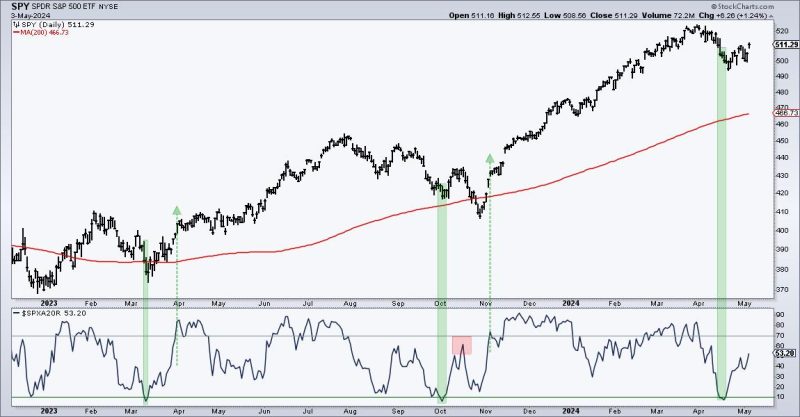
Is This a Dead-Cat Bounce or a Legitimate Recovery?
In the world of finance, the term dead cat bounce is often used to describe a temporary recovery in the price of a declining asset. This phenomenon raises the question of whether the rebound is sustainable or merely a brief respite before further declines. On the contrary, a bounce with legs suggests a more sturdy recovery with the potential for sustained growth.
The distinction between a dead cat bounce and a bounce with legs is crucial for investors seeking to navigate volatile markets and make informed decisions. A dead cat bounce typically occurs after a significant drop in the asset’s value, leading some traders to view the subsequent rise as a temporary blip rather than a lasting turnaround. Investors may interpret this as a signal to sell or take profits before the next leg down.
In contrast, a bounce with legs implies a stronger foundation for growth, suggesting that the asset may be poised for a more sustained recovery. This type of bounce is often supported by positive fundamental factors, such as improving financial performance, market trends, or other catalysts that drive continued investor confidence. For those who believe in the potential of a bounce with legs, it may present an opportunity to buy or hold onto the asset in anticipation of further gains.
To discern whether a rebound is a dead cat bounce or a bounce with legs, investors should conduct thorough analysis and consider multiple factors. Technical indicators, such as moving averages, volume trends, and support/resistance levels, can provide valuable insights into the strength of the recovery. Additionally, keeping abreast of market news, company developments, and macroeconomic trends can help investors gauge the likelihood of a sustained bounce.
Timing is also crucial when evaluating a rebound. A dead cat bounce might show signs of weakness or lack of follow-through within a short timeframe, indicating that the recovery is not sustainable. In contrast, a bounce with legs would likely exhibit more resilience and continue to build momentum over an extended period.
Ultimately, the distinction between a dead cat bounce and a bounce with legs underscores the importance of diligent research, prudent risk management, and a thorough understanding of market dynamics. By staying informed and applying critical analysis, investors can make more informed decisions to capitalize on opportunities and navigate market fluctuations with confidence.
